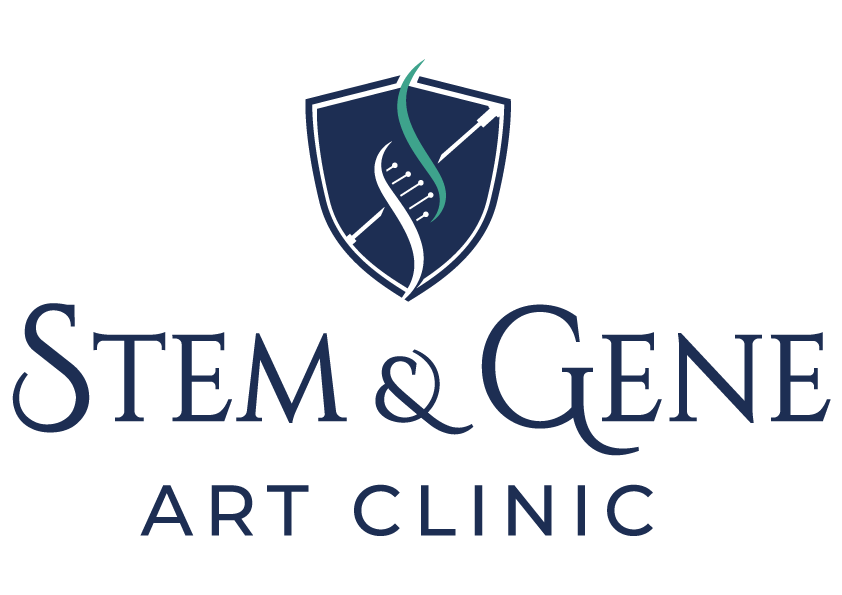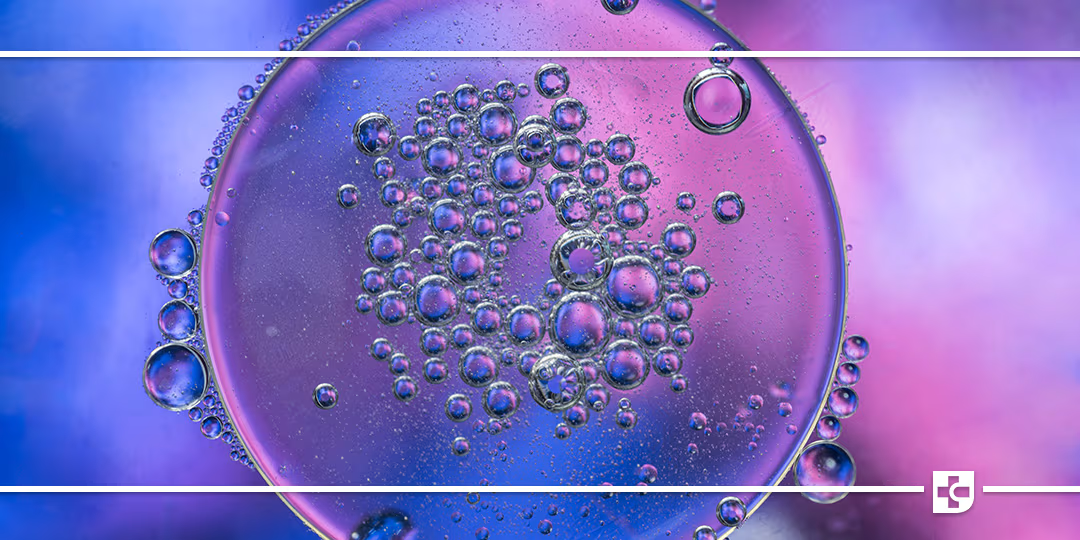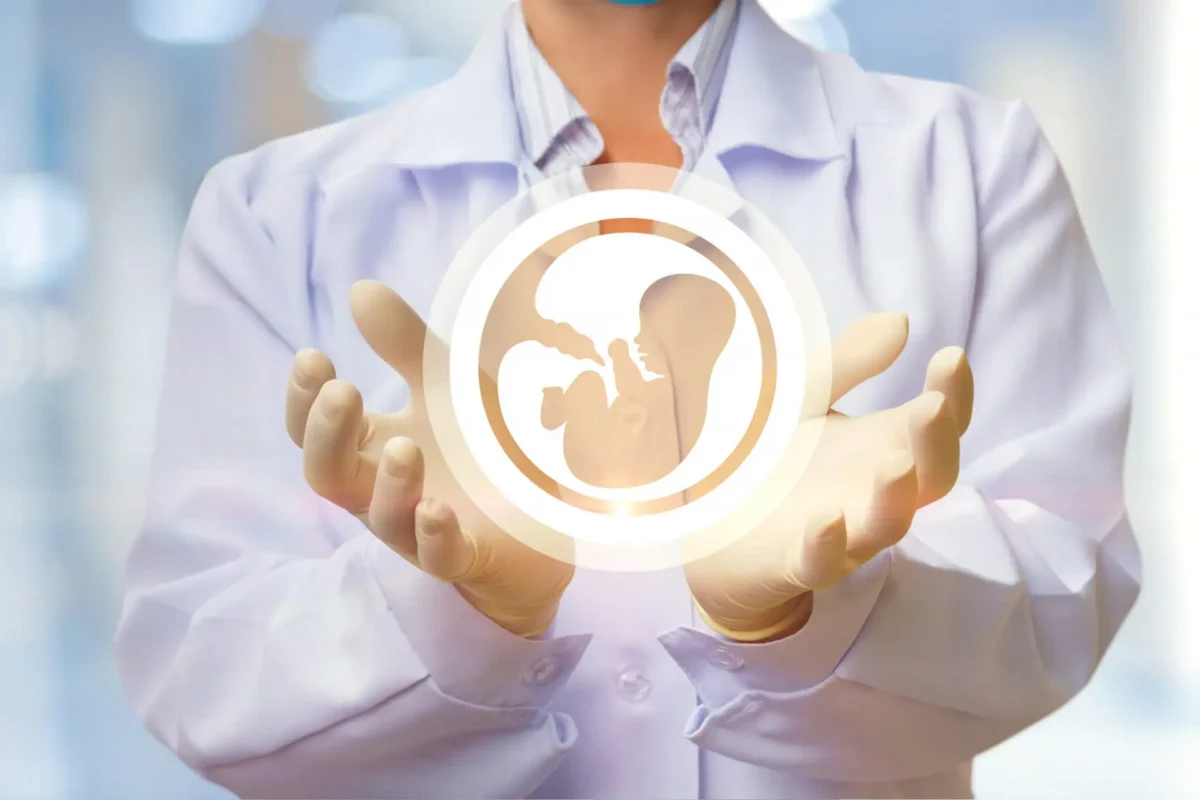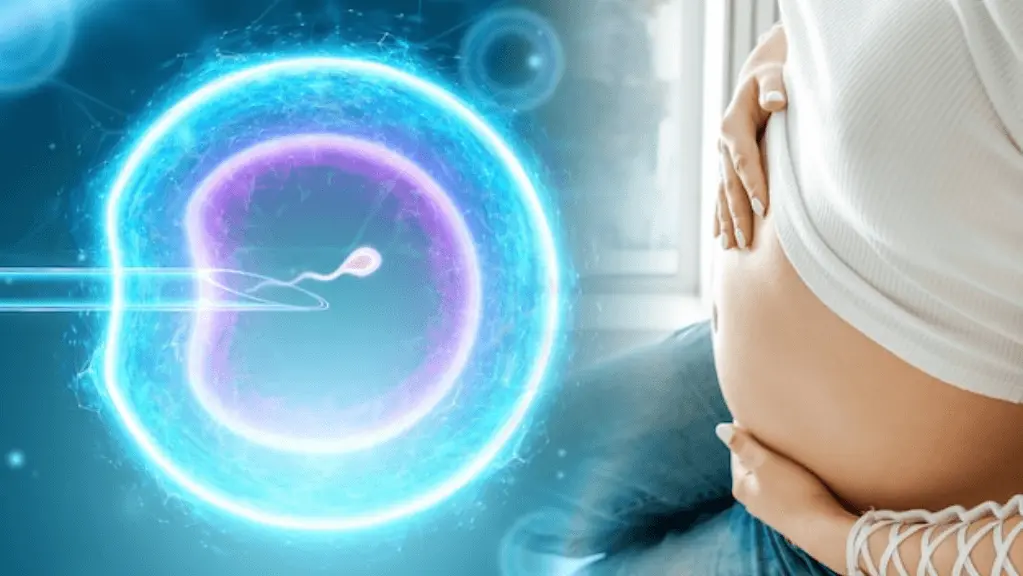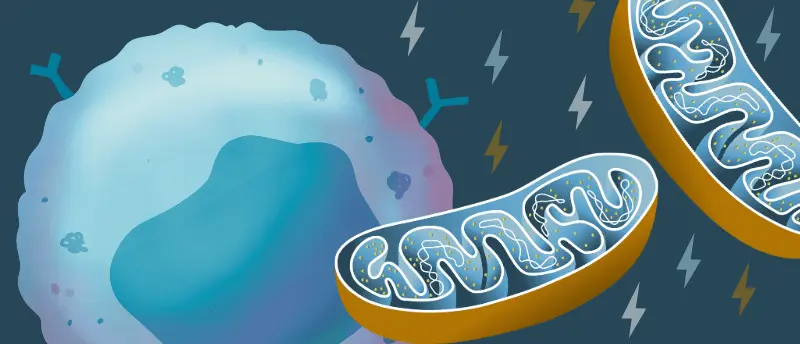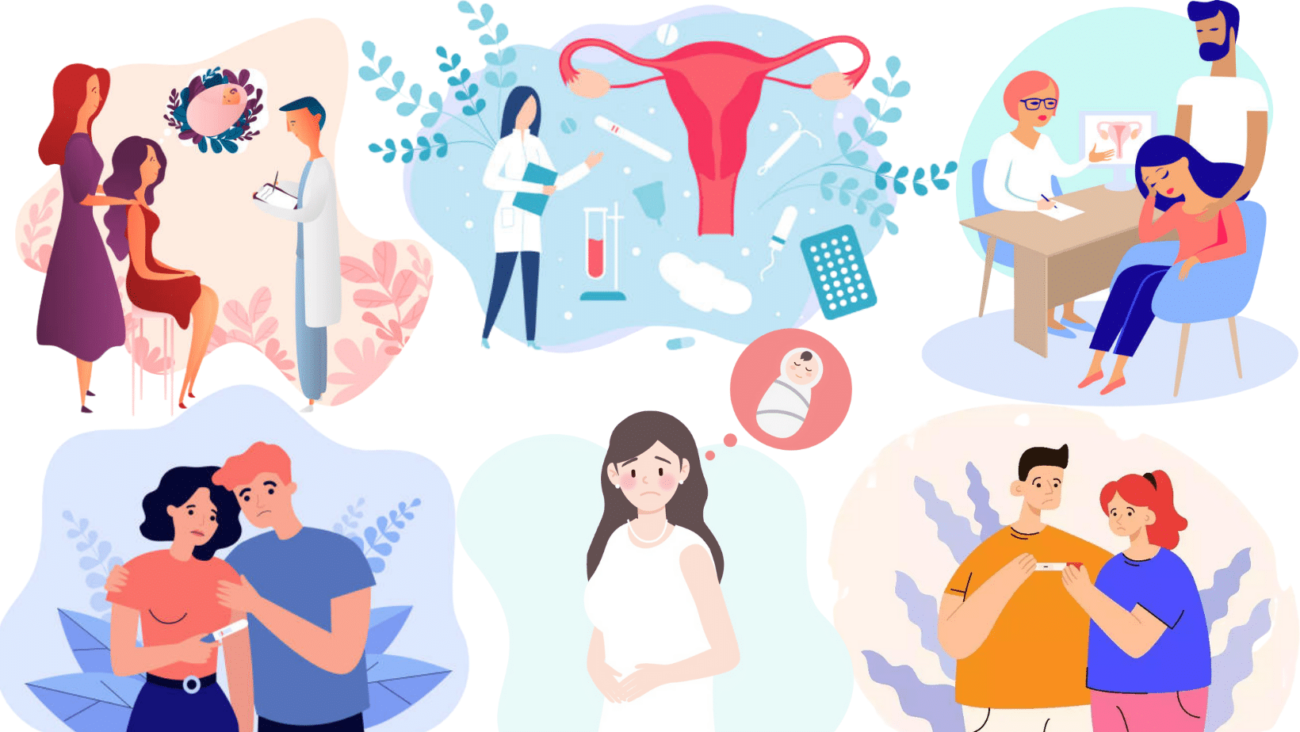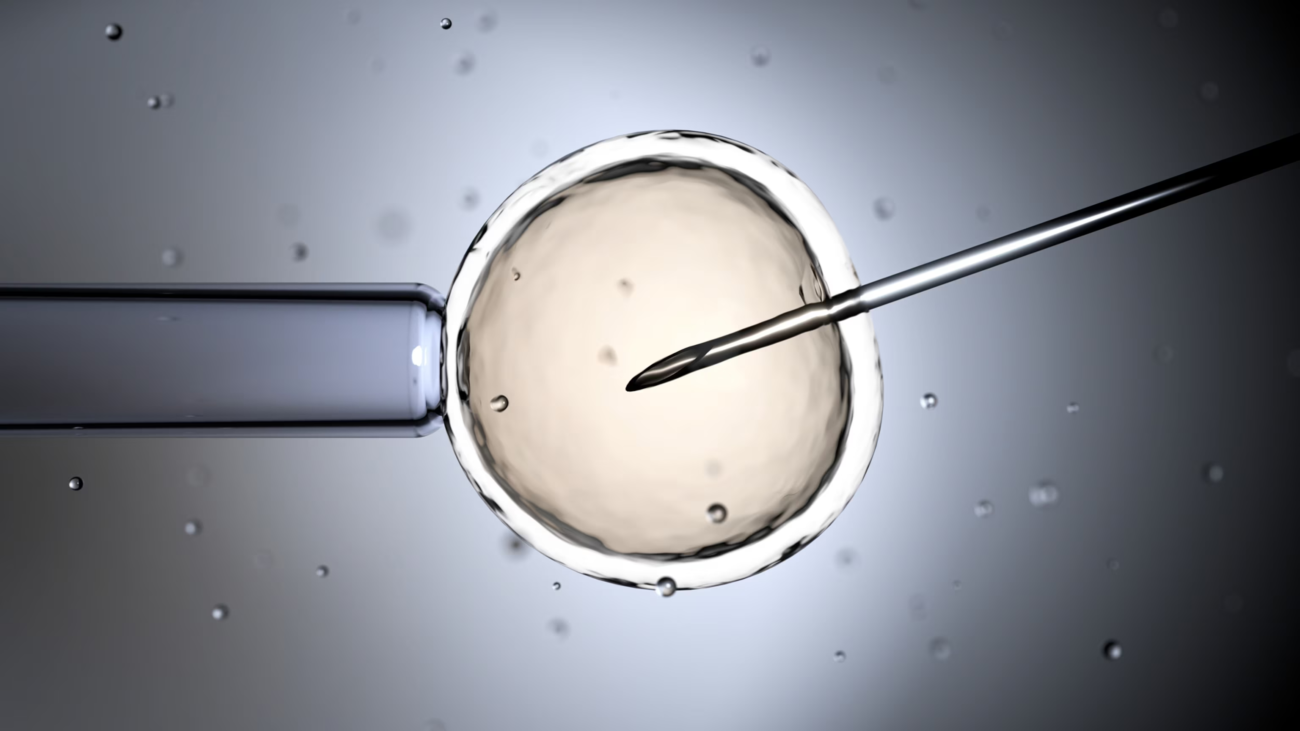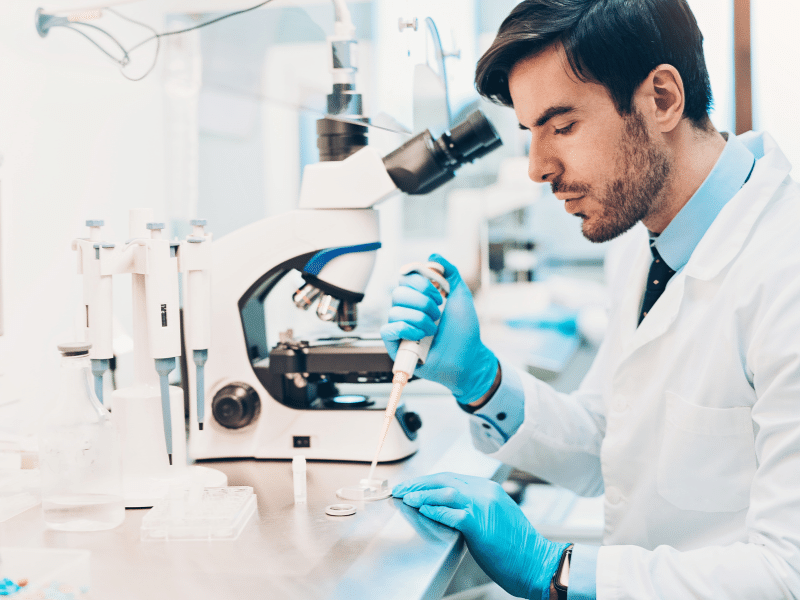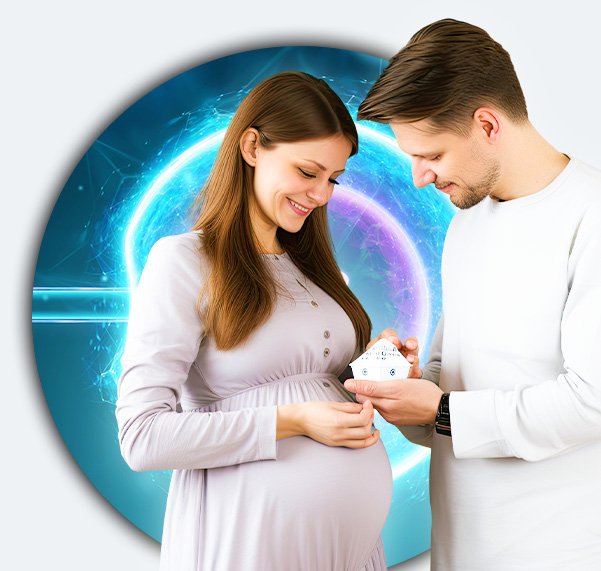The world of fertility treatments has evolved dramatically over the past few decades, with new advancements offering hope to individuals struggling with infertility. Among the most promising innovations are stem cell and exosome therapies, which are poised to revolutionize the field of in vitro fertilization (IVF). These cutting-edge technologies are not only showing potential in improving fertility outcomes but also in enhancing the overall success rates of IVF procedures. Stem cells, known for their regenerative properties, have the ability to repair damaged tissues and promote healthy cell growth. Meanwhile, exosomes, which are small vesicles derived from stem cells, play a key role in cell communication and have shown great promise in improving egg quality and embryo development.
As IVF treatments continue to advance, these therapies offer new possibilities for individuals who may not have responded well to traditional fertility treatments. The integration of stem cell and exosome therapies into IVF protocols could potentially provide more personalized and effective treatment options, with the possibility of overcoming some of the limitations seen in standard IVF procedures. In this article, we will explore how stem cell and exosome therapies work, their potential benefits for fertility treatments, and the exciting future they present in the realm of assisted reproduction.
How Stem Cells Are Used to Improve Fertility
Stem cell therapy has emerged as a promising solution in the field of fertility treatment, offering new hope for individuals facing infertility challenges. Stem cells, known for their ability to regenerate and differentiate into various cell types, hold significant potential in addressing fertility issues. In fertility treatments, stem cells can be used to repair or regenerate damaged reproductive tissues, such as ovaries or testes, to restore their function. For women, stem cell therapy may help rejuvenate ovarian function, potentially improving egg quality and increasing the chances of successful fertilization. In some cases, stem cells are used to create new egg cells, especially for women with diminished ovarian reserve or premature ovarian failure.
For men, stem cells can be used to regenerate sperm-producing cells in the testes, offering potential treatment for male infertility caused by low sperm count or poor sperm quality. Additionally, stem cells may assist in improving the health of the endometrial lining, increasing the chances of embryo implantation during IVF procedures. While still in the experimental stages, research into the use of stem cells in fertility treatments shows promising results, potentially transforming the way infertility is treated in the future.
The Impact of Exosome Therapy on Ovarian Reserve
Exosome therapy is gaining attention in the field of fertility treatments due to its potential to improve ovarian reserve, a critical factor in a woman’s ability to conceive. Exosomes are small vesicles secreted by cells that carry a range of bioactive molecules, including proteins, lipids, and RNA. These molecules play a significant role in cell communication, influencing various biological processes, including tissue regeneration and immune response. In the context of fertility, exosome therapy is believed to improve ovarian function by enhancing the health and regeneration of ovarian cells.
Research indicates that exosomes derived from stem cells or other sources may help rejuvenate the ovaries by promoting the survival of ovarian follicles, which are responsible for egg production. For women with diminished ovarian reserve, often seen in cases of advanced age or conditions like premature ovarian insufficiency, exosome therapy may improve the quality of eggs and increase the chances of successful pregnancy. Exosomes also show promise in reducing inflammation in the ovaries, which can negatively affect egg quality. By supporting ovarian regeneration and improving the overall function of the reproductive system, exosome therapy could become a groundbreaking approach in enhancing fertility and offering new possibilities for women struggling with infertility.
Future Prospects: Clinical Studies and Innovations
The future of stem cell and exosome therapies in fertility treatments holds immense promise, with ongoing clinical studies and technological innovations paving the way for more effective and personalized reproductive care. While these therapies are still in their early stages, initial results have been encouraging, sparking widespread interest among researchers, clinicians, and patients alike. As clinical trials progress, more data will become available, allowing for a deeper understanding of the long-term effects and safety of these treatments. Researchers are particularly focused on optimizing the delivery methods of stem cells and exosomes, improving their efficacy, and determining the best ways to integrate them into existing IVF protocols.
Innovations in gene editing and regenerative medicine are also expected to enhance the potential of stem cell and exosome therapies, enabling more precise and targeted treatments for infertility. Personalized fertility treatments, tailored to the specific needs of individuals based on their genetic and biological profiles, may become a reality in the near future. Moreover, as these therapies move toward clinical approval, they could offer solutions to previously untreatable fertility challenges, providing new hope for individuals and couples struggling with infertility. The combination of cutting-edge research, technological advancements, and real-world clinical application makes the future of stem cell and exosome therapies in fertility treatments both exciting and transformative.
In conclusion, stem cell and exosome therapies represent a groundbreaking shift in the landscape of fertility treatments, offering hope to individuals facing challenges with conception. While these innovative therapies are still evolving, the promising results from ongoing clinical studies suggest that they could significantly enhance IVF success rates and address fertility issues that were previously difficult to treat. As research continues to progress, these treatments may provide more personalized, effective solutions, ultimately improving outcomes for individuals with diminished ovarian reserve or male infertility. With advancements in regenerative medicine and the potential for tailored fertility care, the future of assisted reproduction looks brighter, bringing new possibilities for healthier and more successful pregnancies.
